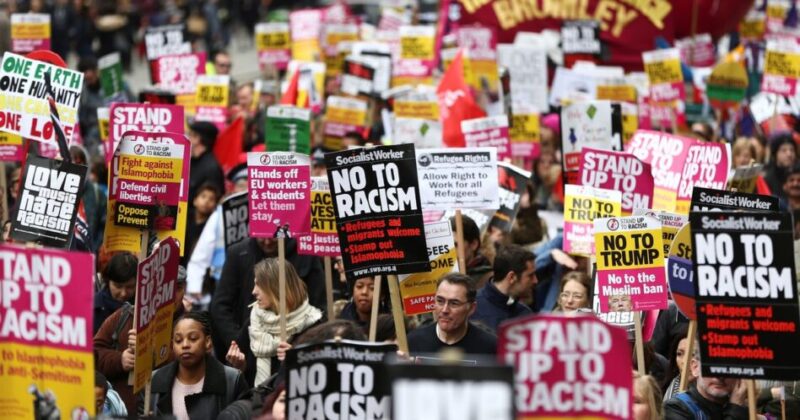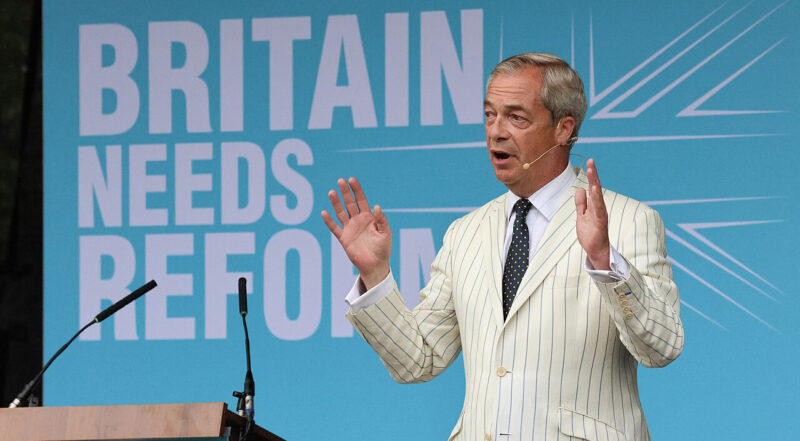Strike against the coalition's cuts
 There have been two events in the last few months which have shown that we have the power to beat the government. The first was when the students occupied the Tory HQ at Millbank, writes Simon Hardy in this month’s editorial
There have been two events in the last few months which have shown that we have the power to beat the government. The first was when the students occupied the Tory HQ at Millbank, writes Simon Hardy in this month’s editorial
The second was the mass demonstration on March 26. It proved that there is a mass movement against cuts here in Britain, as over half a million people joined the TUC demonstration in a magnificent show of anger and determination to fight.
Our resistance must now step up a gear and move from mass protest, to resistance at every level, in every workplace, in every town and city. We must take these steps, for the simple reason that what we stand to lose if we don’t fight today is enormous.
This isn’t just about a single service or a particular attack on jobs and conditions. We are faced with a historic offensive on working people: devastating cuts rolling back the welfare system to its bare bones, a huge programme of privatisation, including the wholesale marketisation of the NHS.
Now our movement faces a tremendous challenge. Cameron and Clegg think that workers won’t dare to fight, but they are taking a tremendous risk. By attacking the whole public sector at once they are forcing workers and service users to unite in a mass campaign. By letting the axe fall on jobs, slashing our pensions, and cutting pay, they are forcing our unions to unite too.
The movement is growing
Some say that the unions are weaker today than they were in the 1970s and 80s. But we can build a powerful union movement in the process of fighting the cuts, through rank and file organisations and anti cuts committees that can link up the struggles across unions and draw in wider support from everyone who wants to fight the cuts. Strong rank and file organisation, a powerful and determined industrial struggle culminating in a general strike, and a huge social movement linking the workplace to communities and service users can together bring down the government.
Today, the Tories are weak – they don’t have the support they had in the 1980s – they are in an unstable coalition, and they fear the power that working people have to stop their plans.
They know the danger of attacking too much at once, and they know the NHS will be a key battle ground. That’s why the Tories have started to beat a retreat on some of the vicious health reforms by suspending the vote on the Bill for “further consultation”.
Many unions are now discussing co-ordinating industrial action against the attacks on pensions and both the journalists union and the teachers in the NUT have backed calls for a one day public sector general strike. That’s a start. It shows mass industrial action is possible, lifting the confidence of workers to resist, and getting the ball rolling for further strikes. But we must have no illusions that one or two days of strike action will force a retreat from this government. Readers will find Dave Stockton’s article on the 1926 general strike useful as a lesson in militancy and how the Trade Union leaders can sell out these struggles.
Debates on strategy in the movement are inevitable – but we need to be clear now that we have to build a movement to win and that means bringing the government down. The Tories and the Liberals have staked their political lives on these reforms, stopping their plans means defeating the entire ruling class agenda. Dave Prentis on Unison said on 26 March, “We should march in our thousands and vote in our millions.” But we can’t wait to simply re-elect a Labour government to carry out “fairer cuts” in four years time after our welfare system has been decimated by the Tories. We have to fight to win now.






